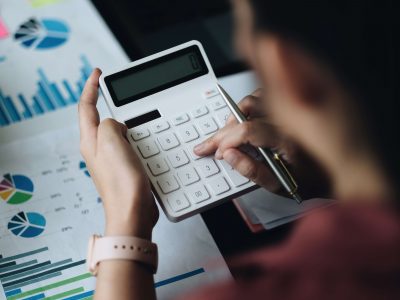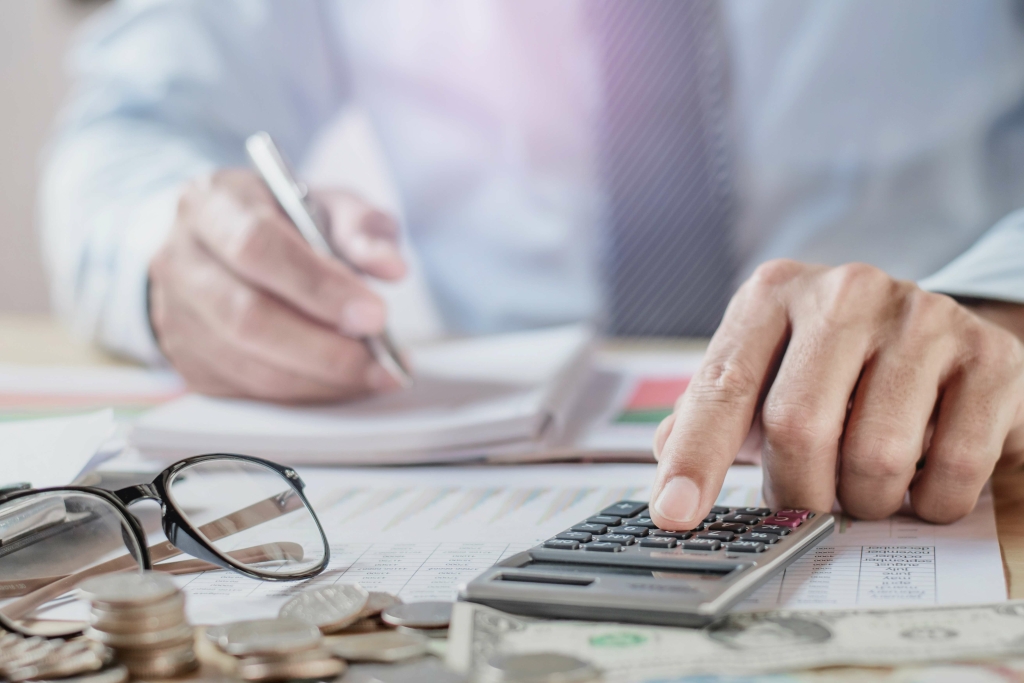14 janeiro de 2021 Classified Balance Sheet: Definition, Components & Examples

It is the format of reporting a company’s or business’s assets and liabilities. In a classified balance sheet, the assets, liabilities, and shareholder’s equity is segregated or categorized into sub-classes. Each classification is organized in a format that can be easily understood by a reader.

The long-term section lists the obligations that are not due in the next 12 months. Keep in mind a portion of these long-term notes will be due in the next 12 months. Continuing with Bob and his donut shop example, we can see how his traditional balance sheet and his classified balance sheet would look at the end of his financial period, i.e. month-end. Rather than setting out separate requirements for presentation of the statement of cash flows, IAS 1.111 refers to IAS 7 Statement of Cash Flows. The image below is an example of a comparative balance sheet of Apple, Inc.
How to use the accounting equation with a classified balance sheet
On the classified balance sheet below, equipment and furniture are listed separately under a fixed asset category instead of just being listed as assets. The owner/officer debt section simply includes the loans from the shareholders, partners, or officers of the company. This section gives investors and creditors information about the source of debt and more importantly an insight into the financing of the company. For instance, if there is a large shareholder loan on the books, it could mean the company can’t fund its operations with profits and it can’t qualify for a commercial loan.
- Here is the list of detailed classifications most of the classified balance sheet contains.
- You should not place undue reliance on these forward-looking statements, which speak only as of the date of this press release.
- For example, you can take totals of current assets and current liabilities in the classified balance sheet to calculate the current ratio.
- However, it is mandatory to prepare and disclose the financial statements for public limited companies.
- In a classified balance sheet, the assets, liabilities, and shareholder’s equity is segregated or categorized into sub-classes.
The remaining amount is distributed to shareholders in the form of dividends. The balance sheet provides an overview of the state of a company’s finances at a moment in time. It cannot give a sense of the trends playing out over a longer period on its own. For this reason, the balance sheet should be compared with those of previous periods. Fair disclosure is also one of the benefits offered by a classified balance sheet. In any balance sheet, it is possible to misrepresent information or misstate the facts.
Limitations of a Classified Balance Sheet
Balance sheet liabilities, like assets have been categorized into Current Liabilities and Long-Term Liabilities. Once your balances have been added to the correct categories, you’ll add the subtotals to arrive at your total liabilities, which are $150,000. The same principle holds for the Liabilities section, where you’ll list all current liabilities, as well as those that are long term, such as mortgages and other loans. Both a classified and an unclassified balance sheet must adhere to this formula, no matter how simple or complex the balance sheet is.
The internal capital structure policy/decisions of a company will determine how much of long-term debt is raised by a company. The one major downside of high debt levels in the accompanying higher levels of financial leverage which could severely amplify a company’s losses during an economic downturn. It’s important for users of a classified balance sheet to be aware of these limitations and to use the balance sheet as just one tool in their overall analysis of a company’s financial health. Employees usually prefer knowing their jobs are secure and that the company they are working for is in good health.
Know Your Company’s Worth
However, at the time of deciding contents’ presentation, management should focus on intended categories to be quite meaningful and reader/user friendly. We know that from the contents of Balance sheet and from their meaningful presentation, readers retrieve very useful information of their use and evaluate progress. In summary, the detailed and structured presentation of assets, liabilities, and equity in a classified balance sheet enables more comprehensive financial analysis and more informed decision-making for all stakeholders. Each of these components provides valuable information about the company’s financial position, and understanding them is key to interpreting a classified balance sheet effectively. At its core, a classified balance sheet is an enhanced version of a standard balance sheet, with a deeper level of organization and clarity. It groups or ‘classifies’ assets, liabilities, and equity into several subcategories, making it easier for stakeholders to analyze and interpret the data.
To achieve this objective, the financial statements are usually prepared so that each of the broad headings of assets, liabilities, and equity is further classified into a number of meaningful sub-headings. A classified balance sheet provides a better assessment of a company’s solvency by separating current and long-term liabilities. By doing so, it shows the portion of a company’s debts that will need to be repaid within one year and those that can be paid over a longer period. This information is critical for creditors and investors when evaluating a company’s risk profile. By following these steps, a business can prepare a classified balance sheet that provides a clear and organized snapshot of its financial position at a particular point in time.
Advantages of a Classified Balance Sheet
The classified balance sheet uses sub-categories or classifications to further break down asset, liability, and equity categories. This classification is particularly important to investors and creditors outside of the business who generally look to a classified balance sheet in order to make informed decisions regarding investing or loan approvals. For example, in the balance sheet above, equipment and fixtures are listed together under assets in the amount of $17,200.
A classified balance sheet is a financial statement that presents a company’s financial position. In fact, it is an essential tool for investors, creditors, and analysts to evaluate a company’s financial health and performance. This article by Viindoo Enterprise Management Software aims to provide a comprehensive guide to understanding and creating the classified balance sheet. This financial statement lists everything a company owns and all of its debt.
A company may look at its balance sheet to measure risk, make sure it has enough cash on hand, and evaluate how it wants to raise more capital (through debt or equity). Balance sheets allow the user to get an at-a-glance view of the assets and liabilities of the company. In this example, Apple’s total assets of $323.8 billion is segregated towards the top of the report. This asset section is broken into current assets and non-current assets, and each of these categories is broken into more specific accounts.














Deixe um comentário